Qualities That Are Must in Your Print-On-Demand Dropshipping Partner
Posted on March 15th, 2021

Posted on March 15th, 2021
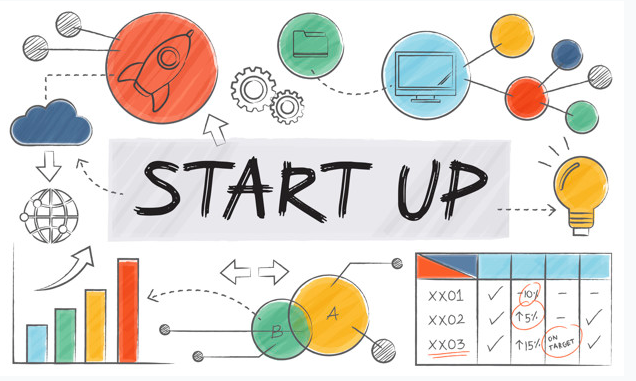
Posted on February 28th, 2021
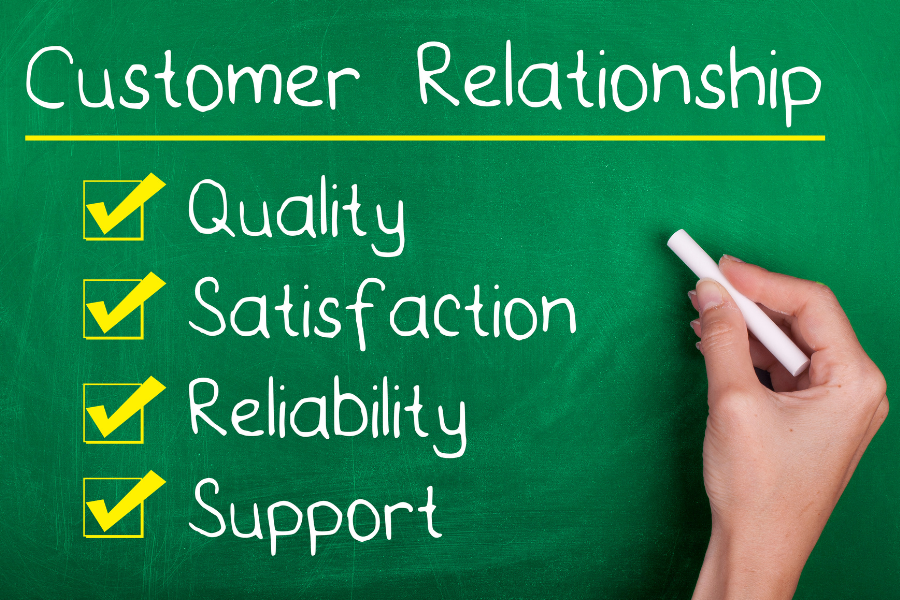
Posted on February 15th, 2021
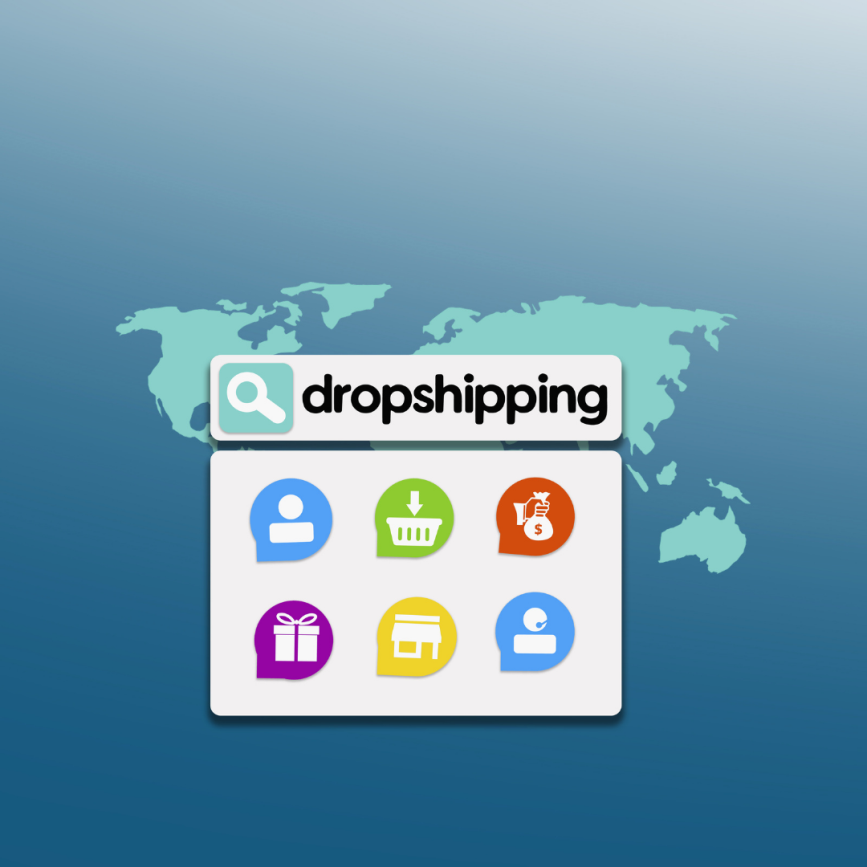
Posted on February 8th, 2021
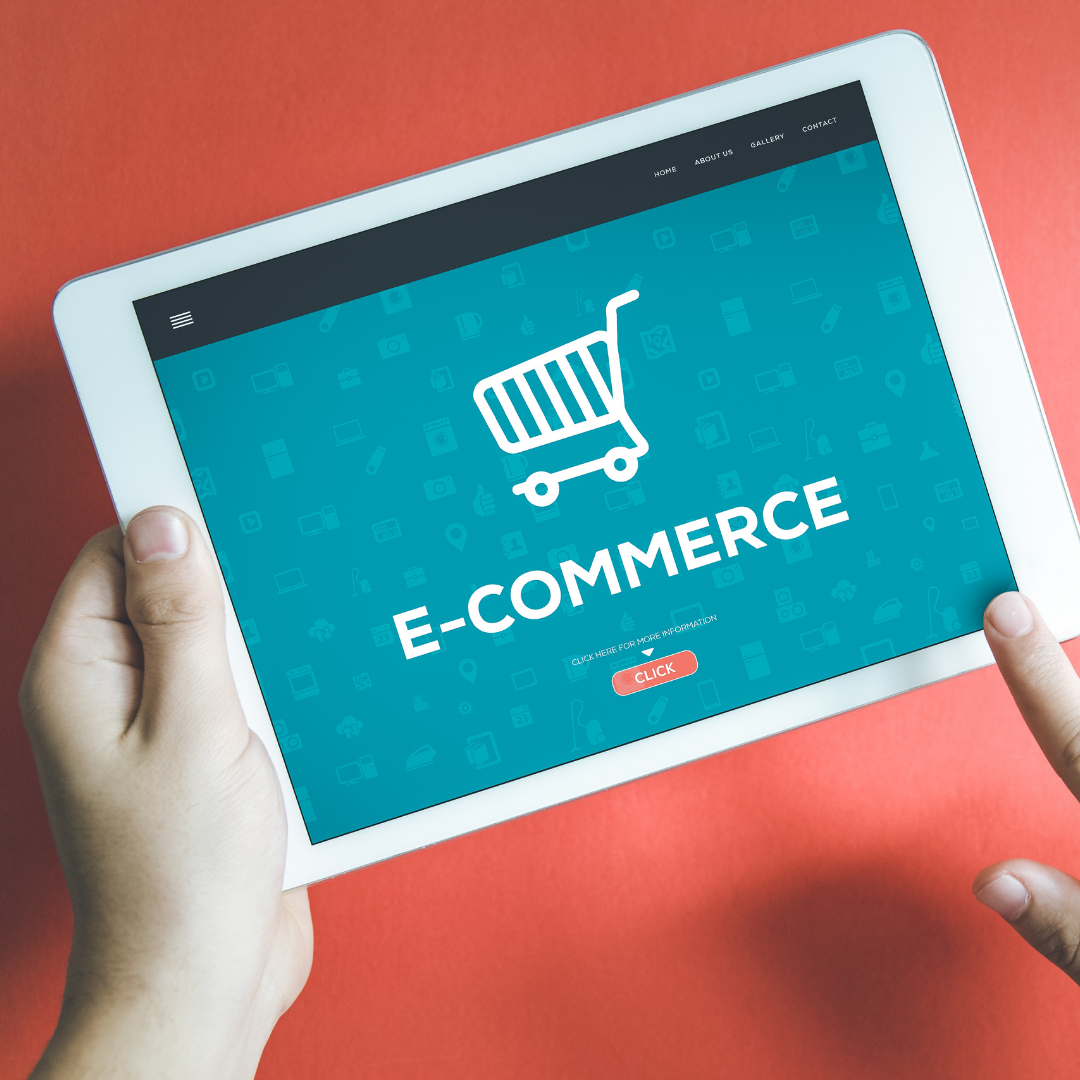
Posted on February 8th, 2021

Posted on January 19th, 2021
.png)
Posted on January 18th, 2021
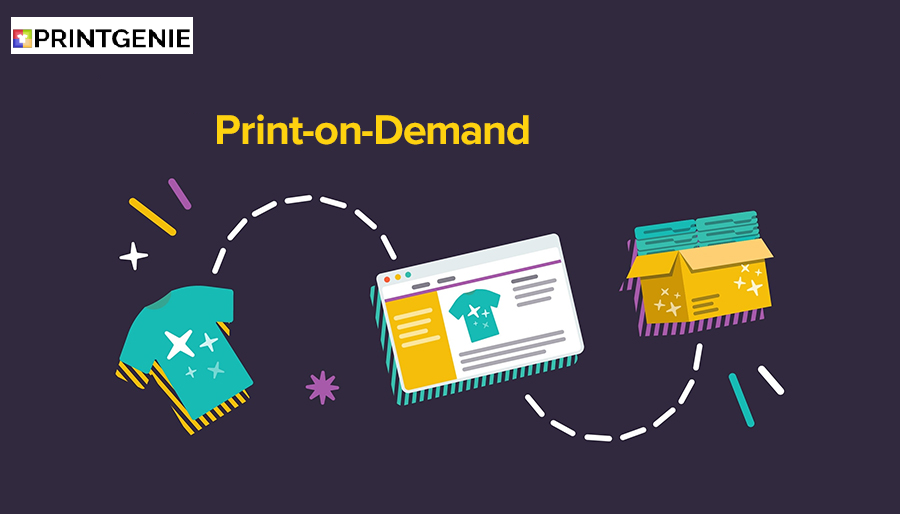
Posted on January 5th, 2021
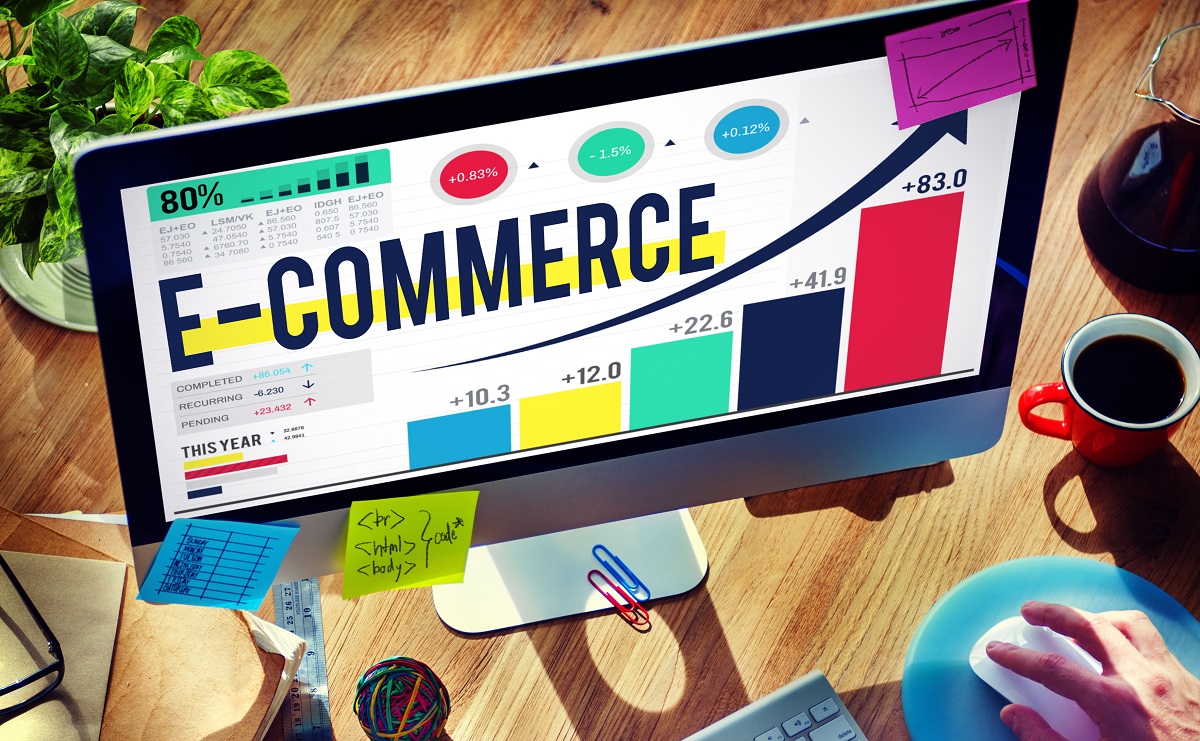
Posted on December 29th, 2020
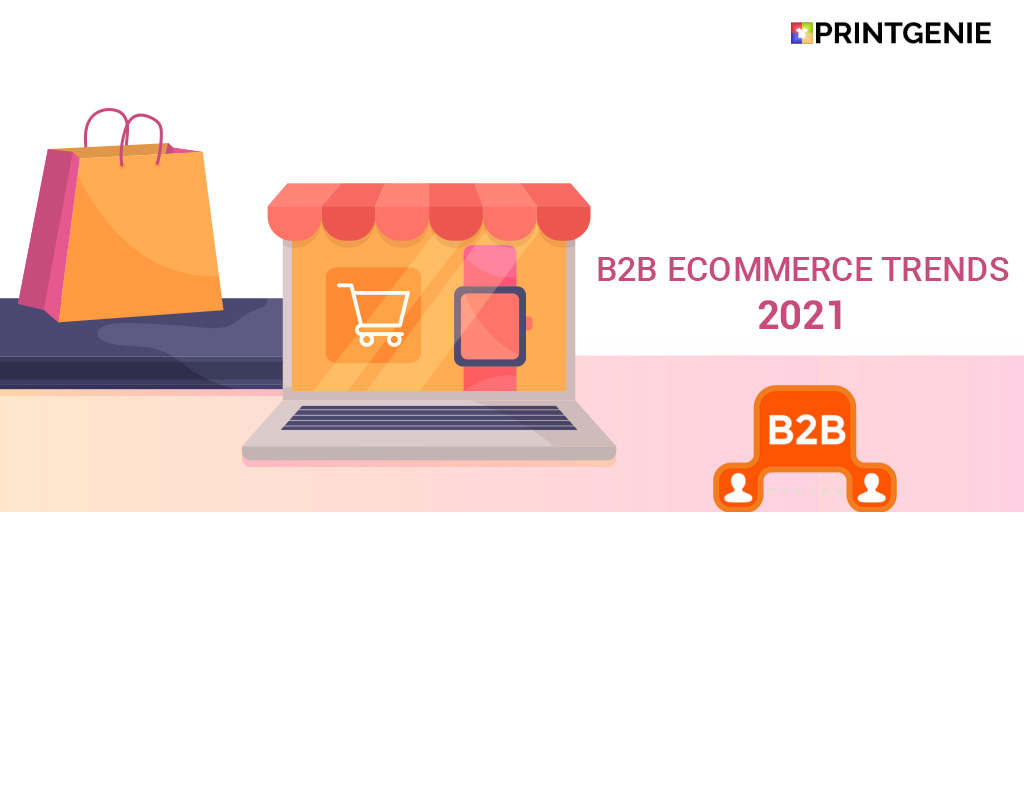
Posted on December 23rd, 2020

Posted at February 2nd, 2021 by Print Genie in Ecommerce platform guide
The year 2020 has witnessed a great boom in eCommerce! The eCommerce became our safety net when we were bound to follow the social distancing norms during the local stores' pandemic. The eCommerce industry is increasing more than ever, and hence more and more retailers are making a move to sell online, while entrepreneurs are getting their start through eCommerce ventures. Much research on the retail sector estimates that e-retail revenues will grow up to $6.54 trillion, up from the last estimate of $3.53 trillion in 2019.
Besides, no one can deny that e-commerce has quite a niche in consumer product stores.
While B2C brands occupy the most online retailer's space, B2B customers also represent some of the most successful online businesses.
B2B companies are unique because they serve a market for-profit and even non-profit organization, rather than individual consumers. The best examples for these businesses are wholesale websites and resellers. You might also come across the B2B organizations that sell services rather than physical goods.
Here, we will list 6 features that eCommerce solutions should offer to be considered B2B platforms and provide the right tools like print-on-demand to cater to B2B shoppers.
B2B organizations have to handle larger orders that vary depending upon customer needs. As a result, these organizations need strict group designations for segmenting clients. B2B companies should classify customers into groups so that the pricing, minimum order requirements and group-specific content such as shipping, promotions and payment for each segment is set.
Customers should also be segregated on the basis of the following factors:
This helps them segment them into specific customer groups so that your needs can be met in a customized way to increase their shopping cart experience.
B2B businesses such as print-on-demand businesses selling custom design Hoodies in the USA, they are allowed to sell these products at different prices depending upon customer type or customer group. And, since you only customize customers' shopping experience, you will need to offer "special" product pricing to your more demanding clients. However, you shouldn't confuse it with competitive pricing.
When you provide customer-specific pricing, there comes a need to have customer-specific product catalogue. For B2B clients, you need to set up a completely different setup and pricing structure.
The shoppers buying from print-on-demand supporting custom products can be listed as cases, packs, or pallets. You may still get additional discounts, based on the total quantity in the cart. However, it is essential that your eCommerce platforms must include a way to accommodate some quantity thresholds that allow bulk discounts.
In case you expect the quantity discounts to work with customer-specific price levels, you should also specify different discounts and their levels based on the customer groups assigned to your client base.
Since you have specific customers group, you will want to restrict access your website for only pre-registered clients to access your products, say, custom embroidered products and content. So, look for built-in functionality in your eCommerce platform to validate it with the entire password-protected website, giving access to only pre-registered clients to access products and content.
The least quantity of specific product that the store is willing to sell is only defined as Minimum Order Quantity (MOQ). In case, the client, customer, or shopper cannot reach the MOQ requirement; then they won't be allowed to place the order. This quantity validation feature is common on wholesale websites, where it is necessary to reach a certain quantity per product to place the order.
Your Print-on-demand business might also require similar features:
As a B2B eCommerce site, you need to follow U.S. Small Business Administration guidelines and assess sales tax, collect it and pass it on to the appropriate authorities within the dedicated time. It includes the comprehending the non-taxable status of some of your clients referring to a reduced taxable income from the monetary relaxation of certain goods. To reap the tax exemption benefits, ask your clients to provide you with a yearly exemption certificate.
Final Thoughts
If you wish to bring your eCommerce website to require your company to make changes, think out of the box about customer relationship. With enough time and money, you need to choose the right eCommerce platform for your business.
Leave a Reply
Your email address will not be published